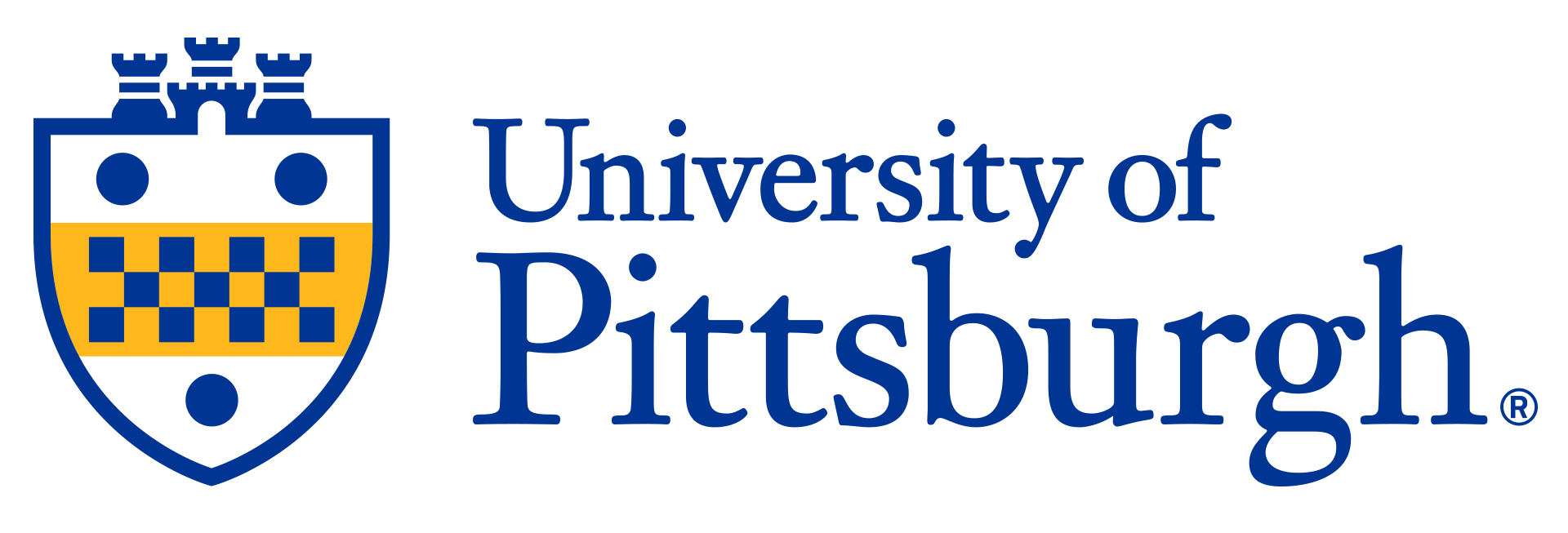

New Gene Therapy Concept Shows Promise in Treating Age-Related Macular Degeneration
Age-related macular degeneration (AMD) is the world’s leading cause of blindness among the elderly. A projected 288 million people worldwide will live with AMD by the year 2040, and the cost of treatment already exceeds $350 billion. The dry type of AMD affects approximately 80-90% of individuals with the disease, its cause is unknown, and it usually progresses more slowly than the wet type. University of Pittsburgh researchers have tested a novel concept that shows significant improvement beyond AMD. It will provide unique insights into aging and age-related and neurodegenerative diseases, where lysosomal dysfunction and cellular heterogeneity are important pathophysiologic features.

Description
University of Pittsburgh researchers have developed several constitutively active forms of TFEB (Transcription factor, EB), a protein that in humans is encoded by the TFEB gene. This protein can translocate into the nucleus of retinal pigmented epithelium cells, and package them in AAV2 with a hVMD2 promoter. As a proof of concept, Pitt researchers used animal data that showed the active form of TFEB could rejuvenate the function in RPE cells and rescue the AMD-like phenotype.Applications
Patients with AMD • Patients with other aging, and age-related, neurodegenerative diseasesAdvantages
There is no therapy currently available for dry age-related macular degeneration (AMD)80-90% of the patients who suffer from AMD have this form of the disease
Therapy would help dry AMD patients save their vision by delaying the progression of the disease
May help with other neurodegenerative disorders
Enhances the therapeutic benefits of existing therapies available